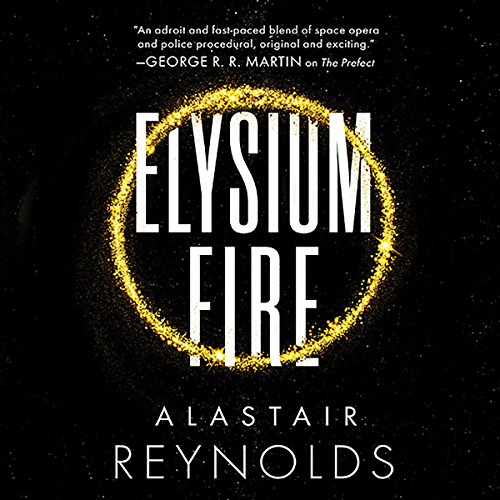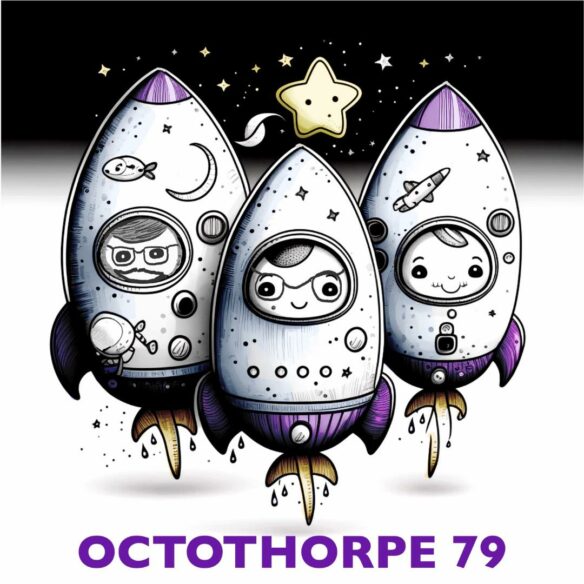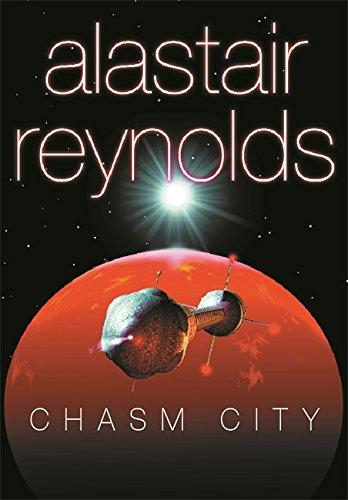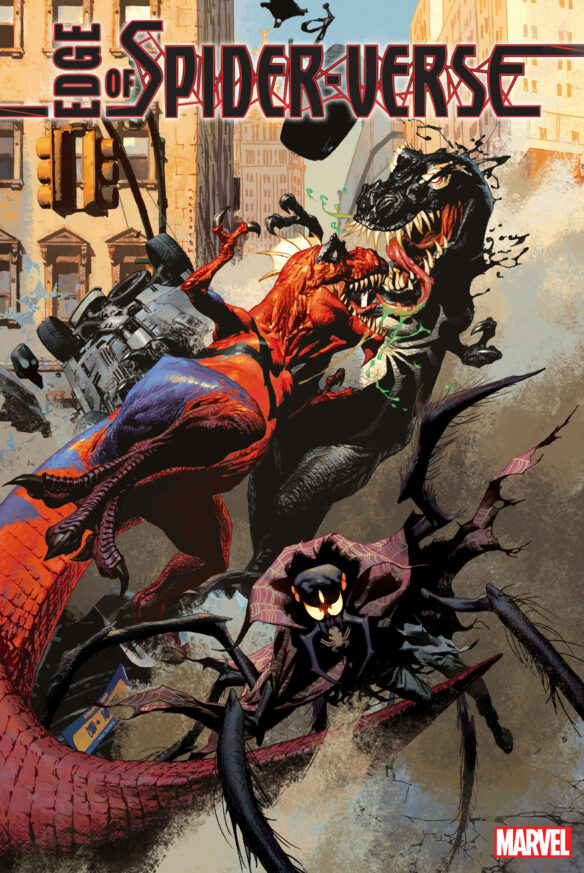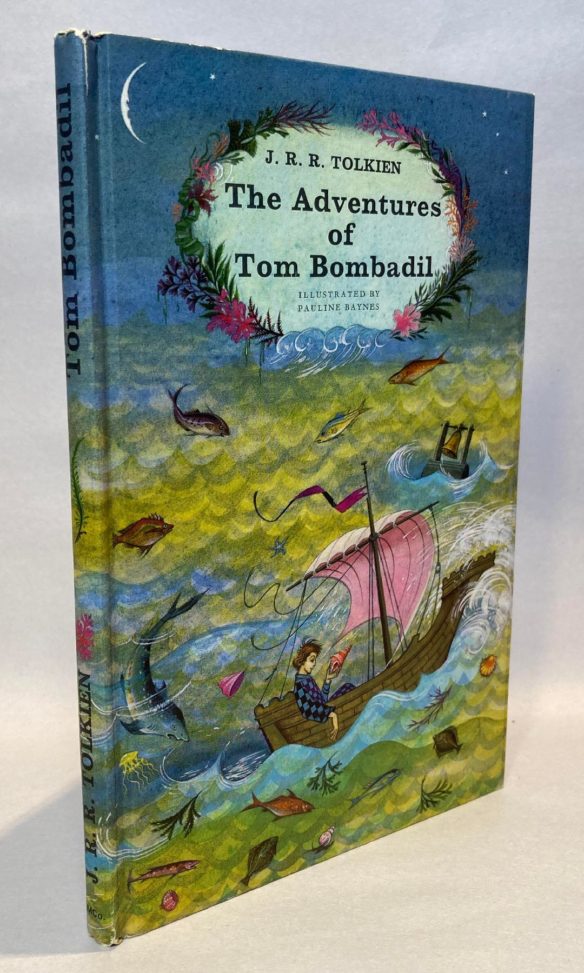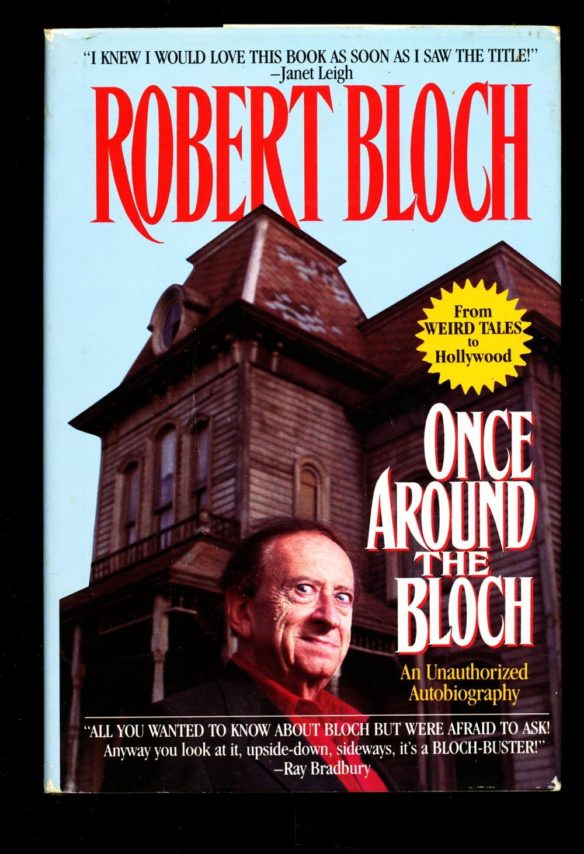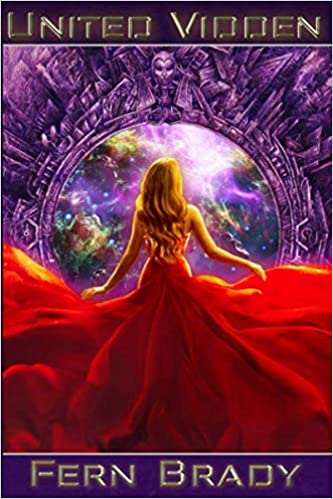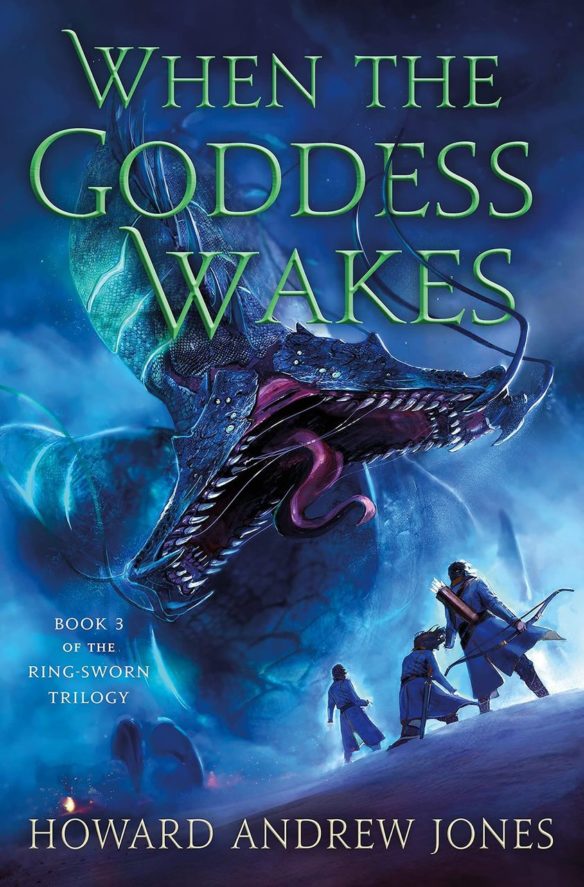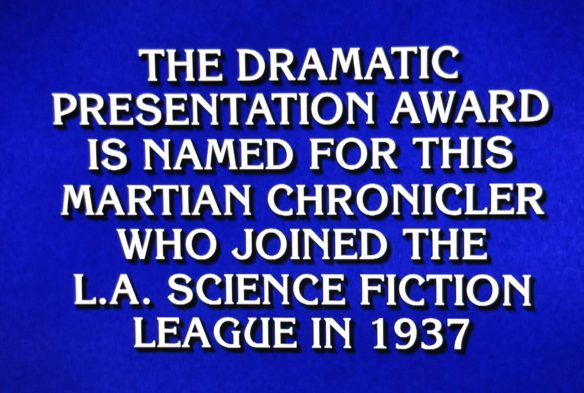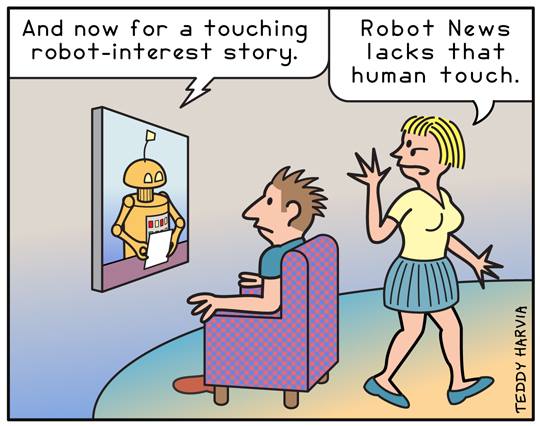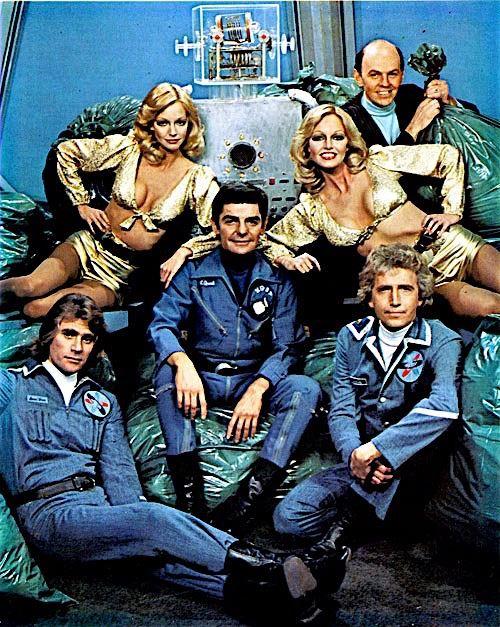(1) TOR ACCUSED OF USING AI ART COVER, AGAIN. [Item by Anne Marble.] People strongly suspect that Tor used yet another AI cover for a release by its Bramble imprint. In this case, the book is their hardcover reprint of Gothikana, a dark academia romance by an anonymous author known as RuNyx– an indie book that is both loved and hated. (Both the writing and the “hero” have been criticized.) Tor published this new edition in hardback with sprayed edges and what looked like a gorgeous new cover. Even people who already had the book bought it for the cool presentation. This is an adult hardcover priced around $30. But now, many people are saying that this new cover is probably AI.

Gabino Iglesias has one of the best posts on this:
This is not a first for Tor. In December 2022, File 770 published the news when Tor was caught using AI elements on the cover of an SF novel by Christopher Paolini – “Pixel Scroll 12/20/22 The Filezentian Gate” item #3.
You can see the Tor cover, the Solaris cover, and the indie covers of Gothikana on Goodreads.
Emma Skies devoted a TikTok video to analyzing the artwork: “I’m So Sick Of This”.
BTW I can’t tell whether a cover is AI or not. But when you look at the mysterious gate closely… Ugh. And I persuaded myself to buy this book because of the cool cover and sprayed edges…
More recent posts on Gothikana include Ed Crocker’s thread on X, started to celebrate covers by humans — which is a great response!
By the way, you can see the Solaris cover, which is complete different, in this post:
(2) MEDICAL UPDATE. Kaja Foglio had emergency gall bladder surgery last weekend, and had to be readmitted to the hospital on Monday. Phil Foglio posted the news at Bluesky.


(3) UGANDA WORLDCON BID REPLIES TO SENSITIVE QUESTION. Steve Davidson reported on Facebook that Amazing Stories recently asked the Ugandan Worldcon Bid —
“Given the laws of Uganda regarding LGBTQ+ how are you planning on handling this for attendees?”
The “the official committee stand” responded and I wanted to share their response, the first line of which states:
“This law is in courts of law and we can’t comment about it for fear of prejudice.”
The balance of their statement says:
“However, as a country so far, we have hosted and planning to host major global conventions like the Commonwealth Speakers of Parliament and Presiding Officers, NAM summit, the G77 + China in 2024 all have been completed without incidents consequential from this law and later AFCON in 2027 will be hosted here. We also have seen a successful football World cup in Qatar, the Worldcon has been successfully hosted in China in 2023 some of these parts of the world have more harsh laws against homosexuality. These precedents will help inform Kampcon in planning mitigation measures. The experiences of previous hosts with similar legal challenges will be instructive on how Kampcon approaches this issue in terms of its code of conduct to guide all the operations. In the meantime, we are also involving every stakeholder in the planning of this event right from bidding and we are receiving support of a number of forms from the national convention bureau (MICE Bureau) so we are doing all within means not to have any conflict legal or otherwise with the authorities of the land and the host community. The number one commitment for any host is safety first! This is not different for Kampcon. “
Davidson’s post includes quotes from media coverage about the enforcement of laws against homosexuality.
(4) FIVE BOOKS TO ENJOY. Lisa Tuttle’s new Guardian column reviews The Book of Doors by Gareth Brown; Shigidi and the Brass Head of Obalufon by Wole Talabi; Red Side Story by Jasper Fforde; Past Crimes by Jason Pinter; and The City of Stardust by Georgia Summers. “The best recent science fiction and fantasy – reviews roundup”.
(5) BRISTOW Q&A. A lot of sff mentioned in the Shelf Awareness interview with Su Bristow:
Favorite book when you were a child:
There were so many! But I guess the one I returned to over and over again would have to be The Magician’s Nephew by C.S. Lewis. It’s the origin story of Narnia, and how evil was unintentionally brought in right at the start. It felt important to me, in a way that I couldn’t have articulated at the time.
Your top five authors:
Ursula K. Le Guin. Her Earthsea trilogy had a profound effect on me in my teens. The Taoist philosophy that underpins it, and the idea of equilibrium in nature–and of course in magic–struck me with the force of truth. It still does.
Barbara Kingsolver. Her versatility is extraordinary, and I’ve loved all her books, particularly The Lacuna and Demon Copperhead. I hope there are many more to come.
J.R.R. Tolkien. An obvious choice, maybe, but it’s not the writing so much as the depth and breadth of the world he created. He was aiming to set up a mythology for Britain, and he succeeded; his influence is everywhere.
Alan Garner. A master weaver of language, landscape, and legend. He creates songlines for his corner of the British Isles.
Terry Pratchett. The humanity, humour, and passion in his books is breathtaking, not to mention the immense wealth of detail and unforgettable characters….
(6) LIFE ON THE DEATH STAR? [Item by SF Concatenation’s Jonathan Cowie.] Mimas is the moon of Saturn that famously looks like the Star Wars Death Star. But his week in Nature research reveals that it yet may be another place in our Solar System that might, just might, harbor life… (though personally I think we will just find some interesting pre-biotic chemistry…). “Mimas’s surprise ocean prompts an update of the rule book for moons”.

The shifting orbit of one of Saturn’s moons indicates that the satellite has a subsurface ocean, contradicting theories that its interior is entirely solid. The finding calls for a fresh take on what constitutes an ocean moon.
The detection of liquid water oceans under the icy surfaces of outer Solar System moons suggests that these moons could provide abodes for life under conditions that differ markedly from those on Earth. However, it can be a challenge to detect subsurface oceans directly, so inferences about candidate ocean moons are typically drawn from comparison to moons known to harbour oceans, such as Jupiter’s Europa and Saturn’s Enceladus. These moons have many similarities in terms of both the conditions that sustain their oceans and the way that their surfaces indicate the existence of an internal ocean. If the criteria were set by these moons, the small Saturnian moon Mimas would easily be ruled out as an ocean moon. It therefore comes as a surprise to learn that Mimas must have an internal ocean, according to results reported in this week’s Nature. Primary research paper here: https://www.nature.com/articles/s41586-023-06975-9.pdf
(7) BODYING THE COMPETITION. “’Three Body Problem’ Coming to Peacock Before Rival Netflix Version” says The Hollywood Reporter.
Now Netflix has a two Body problem.
An adaptation of Liu Cixin’s epic sci-fi novel The Three-Body Problem is going to land on a major U.S. streaming service just weeks ahead of Netflix launching its own version.
Peacock announced Friday it has acquired Tencent’s Three-Body, the Chinese adaptation that was released internationally last year. The streamer will launch all 30 episodes Feb. 10.
While Tencent pegged the release date choice to the Lunar New Year, the launch is also clearly timed to get ahead of Netflix’s big-budget version, titled 3 Body Problem, coming March 21…
…The two adaptations are very different, however. The Tencent version is considered an ultra-faithful adaptation (to the point that some have criticized it as being a bit tedious) that, like the novels, remains squarely focused on characters from China who grapple with an alien invasion. Netflix’s version expands the story to an international cast and takes liberties to adapt the dense and physics-heavy novel for a mainstream audience. Also, while the Tencent version avoids the book’s brutal portrayal of the Chinese Cultural Revolution — a key sequence in the story — the Netflix version was able to be more faithful in that regard….
(8) TODAY’S BIRTHDAY.
[Written by Cat Eldridge.]
Born February 9, 1931 — Algis Budrys. (Died 2008.) I usually can’t remember the cover art for a novel I read nearly fifty years ago but I remember that for Rogue Moon by Algis Budrys. It was the Equinox / Avon edition of 1974 with the cover illustration by William Maughan. I picked up on some newsstand in those days when newsstands still existed and they had SF novels to purchase along with comics and zines as Amazing and If. I’ll get nostalgic later…
It was the first work I read by him and I remember that it was quite good. I see it was nominated for a Hugo at Seacon, the year A Canticle for Leibowitz won. It was by no means his first publication as that goes to “The High Purpose” which been printed in Astounding in 1952, the year he started as an editor and manager for such publishers as Gnome Press and Galaxy Science Fiction.

Between 1965 and 1961, he had two short stories, a novelette and two novels nominated for Hugos. None would win.
I’ve read three of his novels in total, the others being Some Will Not Die and Who?, none of the other novels are ones I recognize at all. Both of these were well worth my reading time as well. I caution that I’ve not re-read any of these in thirty years so I don’t how well the Suck Fairy would react to them now.
He was extremely prolific with his writing of short stories, penning well over a hundred. I’ve read enough of them to say he had a deft hand at this story length. So after the early sixties, he wrote far less fiction and worked in publishing, editing, and advertising to make a much better living.
One was the Tomorrow Speculative Fiction magazine from 1993 to 2000. It was nominated for a Hugo at ConAdian and the next year at Intersection. Alas he did not win.
He’s best known I think for his F&SF book columns that ran for almost forty years starting in 1975. I know that I looked forward to them immensely. They’re collected in Benchmarks Continued, Benchmarks Revisited and Benchmarks Concluded. There’s also Benchmarks: Galaxy Bookshelf which collects his columns there.
And let’s not overlook A Budrys Miscellany: Occasional Writing 1954-2000 which collects some of his fanzine writings. It’s available at the usual suspects.
(9) COMIC SECTION.
- Arlo and Janis pick nits just like Filers do.
(10) REVIEW OF ‘MACHINE VENDETTA’ BY ALASTAIR REYNOLDS. [Item by SF Concatenation’s Jonathan Cowie.] Machine Vendetta by Alastair Reynolds, his latest novel came out a couple of weeks ago and SF² Concatenation has an advance post review ahead of its summer season edition. It sees a return to ‘Revelation Space’ and a Prefect Tom Drefus Emergency. The full review is here.
A terrorist incident, resulting in a conflagration in a large orbiting habitat, was caused by racism species-ism between uplifted pigs (to human sentience levels) and humans. The habitat was one of thousands that formed the Glitter Band orbiting the planet Yellowstone. Humans had arrived at Yellowstone centuries earlier but the planet has an unbreathable atmosphere, so that while some humans established a colony on its surface, others remained in orbit, hence the hundreds of habitats. Each of the habitats was largely self-policed (usually by local constables) but overall, inter-habitat, peace-keeping and the maintenance of democracy (via strictly controlled computer voting) was undertaken by just a thousand prefects operating from Panapoly – an asteroid hollowed out to provide habitation, space docks etc.
Then a prefect – Ingvar Tench – visits Stadler-Kremeniev orbital habitat. Ingvar Tench thinks she has been ordered there for a routine inspection of its voting mechanisms, but back at the Panapoly, the senior prefects are puzzled as no orders had been given Ingvar: what could she be doing visiting a habitat on the prefects’ watch list? Further, they are perturbed that communications with her have been cut…
Enter senior prefect Tom Drefus who is sent to Stadler-Kremeniev to find out what Ingvar Tench is doing. Alas, he arrives too late and, long story short, she is dead….
(11) READY, WILLING, AND ABLE. RadioTimes quotes“Louise Jameson on Doctor Who return: ‘I’d be back in a nanosecond’”.
Doctor Who legend Louise Jameson has insisted she’s game for a return appearance as classic character Leela.
Jameson recently reprised the role in live-action for Leela vs the Time War, a short film made to promote the Doctor Who – The Collection: Season 15 Blu-ray set.
Speaking at a BFI Southbank screening of 1977 story Horror of Fang Rock held to mark the release, Jameson suggested she wouldn’t hesitate if asked to return to the BBC sci-fi series.
“Let’s see… I’d absolutely love to do one,” she said. “I’d be back in a nanosecond.
“Can you just tell Russell [T Davies, Doctor Who showrunner]? Can somebody ask him to watch it [Leela vs the Time War]?”…
(12) THE DOORS OF HIS MOUTH, THE LAMPS OF HIS WHYS. [Item by Steven French.] Not really genre related but so bizarre I couldn’t resist! An Atlas Obscura post from 2017: “Encryption Lava Lamps – San Francisco, California”.
Why use lava lamps for encryption instead of computer-generated code? Since computer codes are created by machines with relatively predictable patterns, it is entirely possible for hackers to guess their algorithms, posing a security risk. Lava lamps, on the other hand, add to the equation the sheer randomness of the physical world, making it nearly impossible for hackers to break through.
While you might think that such an important place would be kept in secret and locked off from the public, it’s actually possible for visitors to witness these lava lamps in person. Simply enter the lobby of Cloudflare’s San Francisco headquarters and ask to see the lava lamp display.It may seem bizarre that Cloudflare would allow average people to affect the video footage, but that’s actually intentional. External disturbances like human movement, static, and changes in lighting from the adjacent windows all work together to make the random code even harder to predict. So, by standing in front of the lava lamp display, you add an additional variable to the code, making it even harder to hack. In a way, by visiting Cloudflare’s wall of lava lamps, you can play a role in making the internet more secure…
(13) IRON MAN COSTS PLENTY OF GOLD. Speculative Fiction Collectors will happily sell you the “Iron Man Mark 2 Life-Size Statue” for a mere $12,399 – stand by to torch your credit card!
Paying homage to Tony Stark’s iconic armor from Iron Man (2008), Queen Studios crafted this piece with the utmost precision. Capturing Iron Man’s signature silver suit, he embodies a powerful stance. At a remarkable height of 214cm tall, the statue boasts a detachable breastplate for a customizable display. Dotted with internal lighting located in various components, it includes: the eyes, arc reactor, and palm repulsors. With fitting illumination around the base, this statue is a stunning addition to any collection.

[Thanks to Chris Barkley, Anne Marble, Kathy Sullivan, Cat Eldridge, Daniel Dern, David Goldfarb, Steve Davidson, SF Concatenation’s Jonathan Cowie, Steven French, Mike Kennedy, Andrew Porter, and John King Tarpinian for some of these stories. Title credit belongs to File 770 contributing editor of the day Daniel Dern.]



